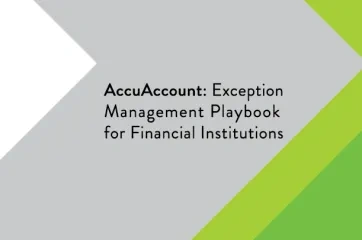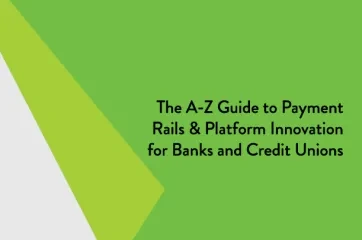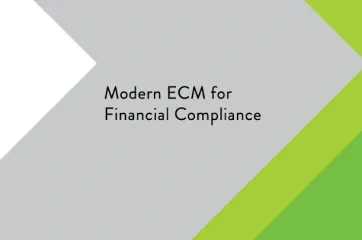The general idea of implementing an imaging system differs from the actual implementation process. For example, a banker might say, “We plan to implement an imaging system this calendar year.” To achieve such a goal, however, it is important to develop (and follow) a detailed implementation plan. Both concepts may be accurately described by the term, “imaging implementation,” but the latter makes the former possible.
Imaging Implementation Steps
Implementing an imaging system at a financial institution is a multi-faceted process that requires the right mix of time, resources, internal capabilities, and vendor guidance. Specific steps differ depending on the situation, technology, and vendor.
At Alogent, we focus on building repeatable processes that streamline implementation for our customers. Banks and credit unions seeking to implement our AccuAccount product, for example, go through the following steps:
- Kickoff: Bringing together the right people from both organizations and laying the groundwork for success.
- Planning: Discussing how information will be organized in the system, what needs to be tracked, special requirements, etc.
- Technology Implementation: Installing new computer systems, scanners, software, etc.
- System Interfaces: Ensuring information flows properly between existing and new systems.
- Launch: Making sure everyone is properly prepared to use the imaging system, testing for any issues, and going live.
Timing for Imaging Implementations
How long does an imaging implementation take for a financial institution? Timelines can vary, but for AccuAccount we aim to go live within twelve to sixteen weeks of kickoff. Our implementation team works diligently to share best practices and templates, overcome roadblocks, achieve milestones, and keep projects on track.
Learn about AccuAccount and FASTdocs, Alogent’s enterprise content and loan management solutions. Visit Innovation Hub for more banking definitions and to access downloadable resources.







